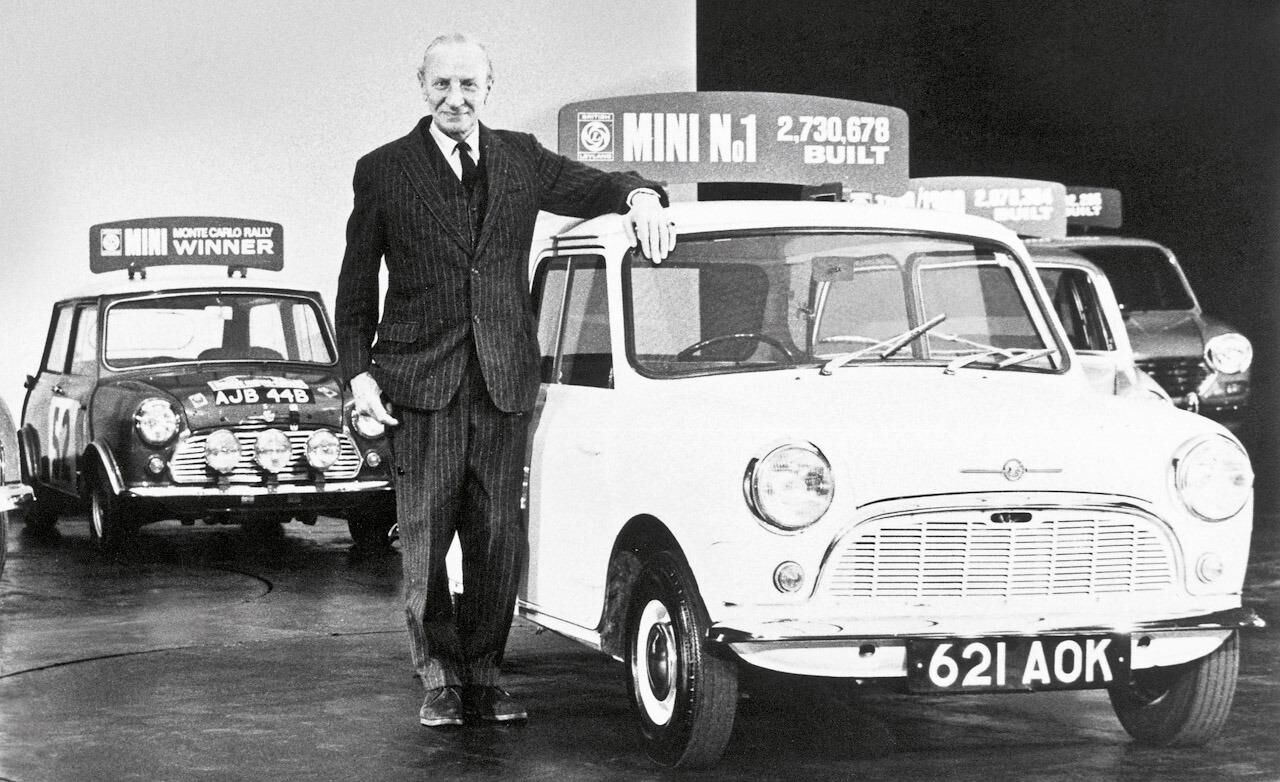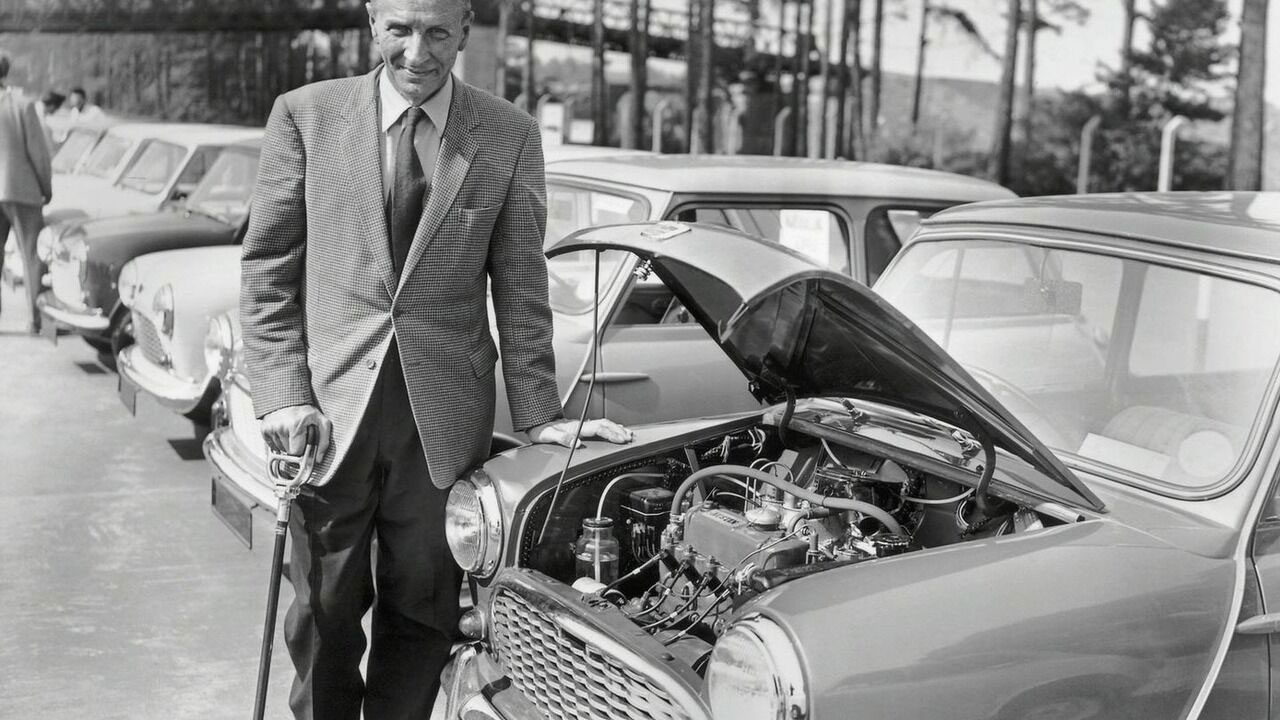When British Motor Corporation Limited (BMC) unveiled the Mini in 1959, the company was likely unaware of the cult status that their diminutive economy car would later achieve. Though the original Mini was a revolutionary car for its time, it was a design that was born from necessity.
Despite its charming looks and quintessential British character, at its core the Mini was a basic economy car that was created as a response to a fuel shortage.

Following the Suez Oil Crisis, BMC wanted to build a new small family car. Their goal for the new vehicle was to engineer a car that would seat four passengers and their luggage in a package that did not exceed ten feet in length.
The challenge of creating such a vehicle was immense. As such, BMC turned to their in-house expert at fitting 10 pounds of stuff in a 5-pound bag, Sir Alec Issigonis.
Issigonis (inducted in 2003) was one of the automotive industry’s great independent thinkers. He began his engineering career at Morris Motors Ltd. in 1935 as a steering and suspension engineer before being given overall responsibility for the creation of the Morris Minor in 1942.
Issigonis and his team produced a revolutionary car that featured a small exterior with a spacious passenger compartment and outstanding handling characteristics. The Morris Minor was an immediate success, selling over 1.6 million units, and was the first characterization of Issigonis’s philosophy of maximizing interior space while shrinking all other components.
The Mini was to follow the same principles as the Morris Minor, only with several new innovations. Issigonis insisted that no less than 80% of the Mini’s overall volume should be dedicated to passengers and luggage. To achieve this feat, the Mini utilized a transverse-mounted front-wheel drive engine layout, the first modern application of this concept.
Issigonis also devised a compact suspension system made of rubber cones instead of springs to keep the wheel wells from intruding into the passenger compartment. In October of 1957, just eight months after first putting pen to paper, the first prototypes were on the road.

The Mini was originally sold under two names, the Austin Seven and Morris Mini-Minor, the latter a nod to the first Morris Minor. It became instantly popular thanks to its sprightly yet economical performance and kart-like handling.
Despite the car’s humble roots, the Mini also became wildly successful in motorsports and spawned performance variants like the Mini Cooper and Cooper S. The Mini would win the Monte Carlo Rally in 1964, 1965 and 1967 as well as numerous British Touring Car races.
In 1969, in recognition of his engineering genius, Queen Elizabeth granted Issigonis Knighthood. He died in England in 1988 at the age of 81, having lived long enough to see his beloved Mini sell more than five million units.